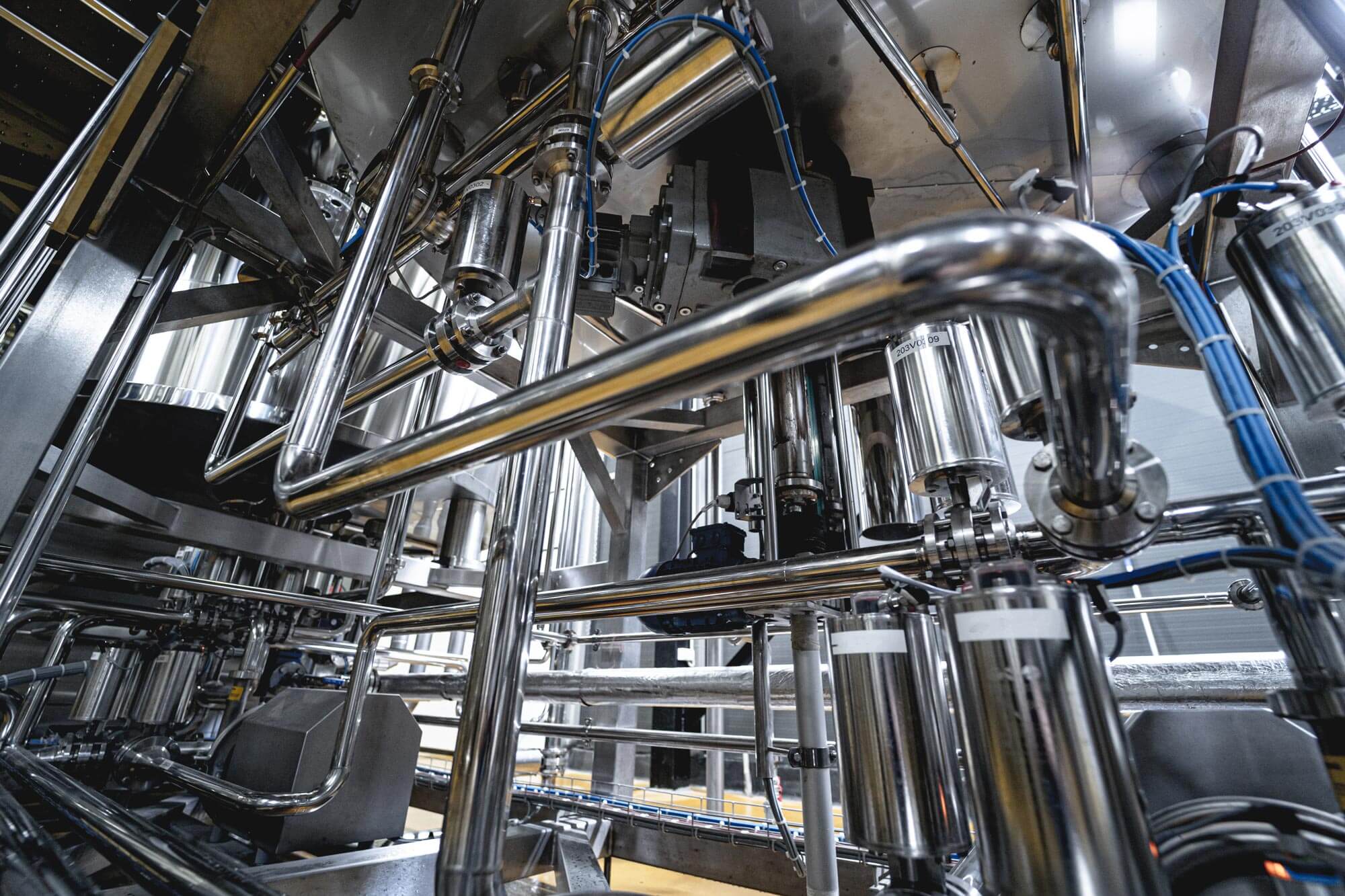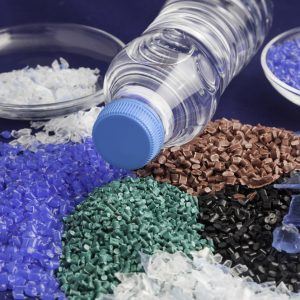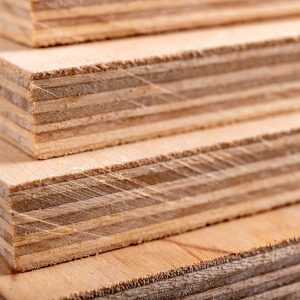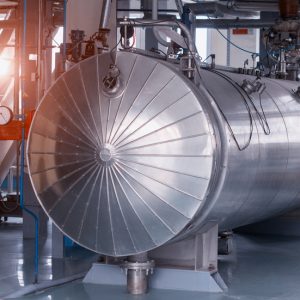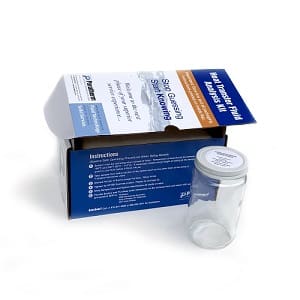SLUDGE RESISTANT THERMAL FLUID
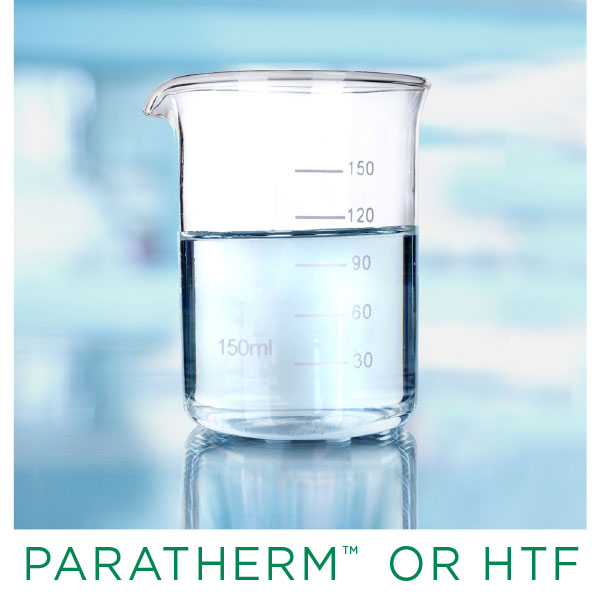
The Paratherm OR sludge-resistant heat transfer fluid has substantial oxidation resistance and extended service life. This zero-pressure fluid provides precise, uniform temperature control to 500°F in closed-loop thermal oil systems where the heat transfer fluid is more than occasionally exposed to air. The sludge resistant heat transfer fluid is comprised of a unique high-stability base plus high-performance oxidation inhibitor/stabilizer. Performance of the sludger resistant thermal fluid is particularly impressive under the same grueling conditions that quickly cause severe oxidation, and sludge formation in conventional heat transfer fluids.
EFFICIENCY
Due to its low viscosity, the OR sludge resistant thermal fluid provides unusually high thermal efficiencies — higher than most synthetics. The lower in viscosity (the thinner) a heat transfer fluid is, the less energy is required to pump it through the system. In addition, a smaller pump and motor can be specified, and the lower power consumption will continue to produce savings year after year.
OPERATING RANGE
| Minimum Startup Temp (300cSt) | Maximum Operating Temp |
|---|---|
| 40°F / 4°C | 500°F / 260°C |
FEATURES
- Oxidation inhibited formulation
- Sludge and fouling resistance
- Extended lifetime in oxidation-prone environments
APPLICATIONS INCLUDE
DESIGNED FOR
- Extruders
- Die temperature control units
- Easy on quick-connects
- Safe, easy disposal
OXIDATION
Heavy fluid oxidation occurs when supplies of fresh air come into intimate contact with hot heat transfer fluid (during frequent tool changeout, for example). The resulting reaction converts fluid molecules to organic acids. Soon the acids themselves begin to degrade thermally. The fluid becomes thicker, darker and more odorous, and its heat transfer capabilities drop dramatically.
FOULING
As an oxidized fluid becomes more viscous, it becomes more difficult to pump and more susceptible to overheating. Remaining in contact with the heated surfaces too long, the fluid picks up more heat than its chemical bonds can stand. As they break down, the fluid’s molecules release their carbon forming an acidic, carbonaceous sludge that precipitates out and adheres to the system’s interior surfaces. Much of this sooty, sticky carbon bakes on to the heated surfaces where it was produced. The OR Heat Transfer Fluid contains an additive system that inhibits sludge and carbon formation. Even under prolonged exposure to air, the fluid won’t foul heated surfaces.

